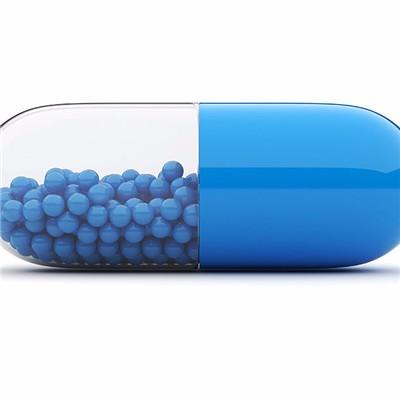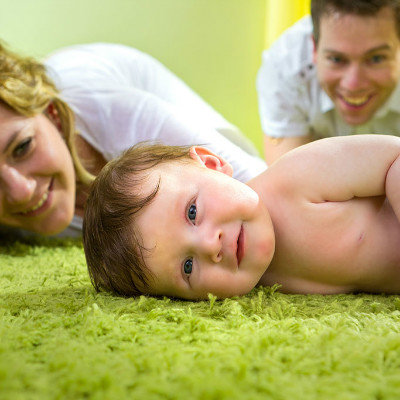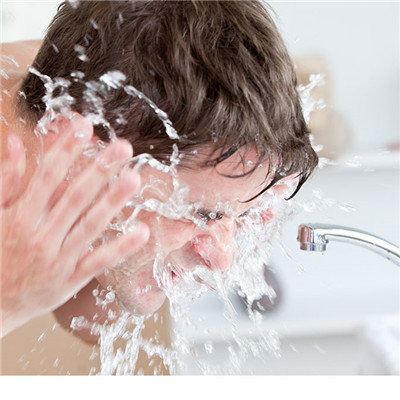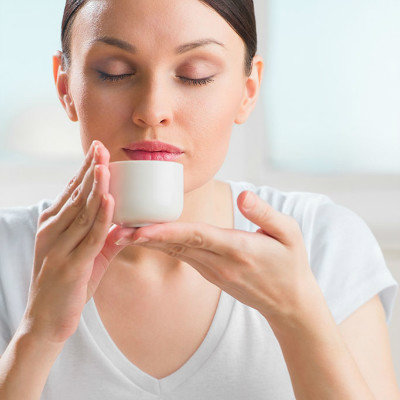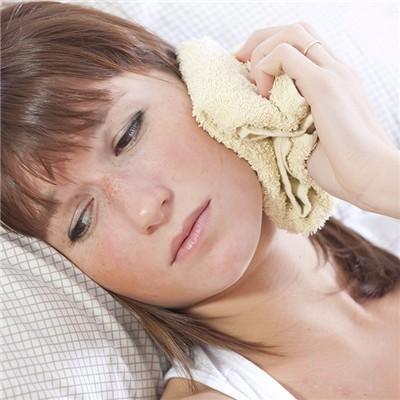Can plantar pain disease be good?
summary
Plantar pain refers to the pain of the metatarsal shaft and the metatarsal surface of the metatarsal head caused by the strain of the transverse arch of the forefoot or the compression or stimulation of the plantar nerve. Clinically, it can be divided into relaxation and compression. Relaxant metatarsal pain is a kind of primary metatarsal varus and metatarsal hyperactivity, which is mainly due to the chronic injury of transverse arch caused by congenital dysplasia of the first metatarsal. Can plantar pain disease be good? Let's talk about it
Can plantar pain disease be good?
Rest and physical therapy to improve heel pain, including ultrashort wave, electrotherapy, etc. For heel pain caused by long-term standing or exercise, apply ice on the heel for 10-15 minutes. If there is no obvious improvement, local closure can be considered.
The use of insole with arch support can evenly disperse the plantar pressure of patients, effectively reduce the tension of plantar fascia when the lower limbs are loaded, and then reduce the injury of repeated traction to plantar fascia. Lean against the wall, open the upper arm forward to the height of the shoulder, press the wall with the palm of your hand, when bending one knee to push toward the wall, keep the other knee straight; When bending the knee forward slowly, try to keep the heel flat on the ground. When you feel the tension of Achilles tendon and arch, hold this position for 10 seconds, then relax and stand upright.

Lean forward on a fixed object and slowly squat down, keeping your heels on the ground. When you feel that your Achilles tendon and arch are about to rise off the ground and your muscles are fully stretched, hold this position for 10 seconds, then stand upright. It can be practiced repeatedly. At the bottom of the stairs, balance with your forefoot and slowly lower your heel until you start to feel the calf muscles stretch. Hold this position for 10 seconds, then stand up and repeat.
matters needing attention
It is not suitable to wear high-heeled shoes or narrow shoes for a long time, and avoid standing and walking for a long time. Especially when walking with heavy load, soft and loose shoes should be worn. At the same time, internal muscle exercise of forefoot (such as jumping in place) should be actively carried out to enhance its muscle strength. As long as the disease is treated reasonably in time, the curative effect is satisfactory.

